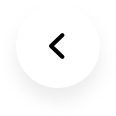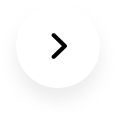Chen Wei
China
Born in Taizhou, Zhejiang, he received his bachelor’s, master’s and doctor’s degree from China Academy of Art and is now teaching at the School of Architecture of China Academy of Art. He is a member of Chinese Academy of Fine Arts, Chinese Sculpture Institute, Chinese Mural Association, Zhejiang Artists Association, Zhejiang Sculptors Association, Zhejiang Environmental Artists Association.









